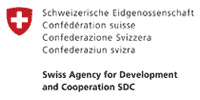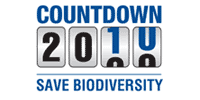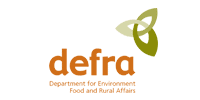Biodiversidad Perspectiva mundial
Únicamente la versión en inglés ha sido aprobada por el Comité Científico de GreenFacts.
Información sobre nuestra estructura de 3 niveles
3. What is the role of biodiversity indicators?
- 3.1 What indicators are being used?
- 3.2 Are those indicators suitable for assessing progress towards the 2010 Biodiversity Target?
3.1 What indicators are being used?
Parties to the Convention have established a number of indicators which summarize data on complex environmental issues to be addressed through policy or management interventions.
Indicators are important for monitoring the status and trends of biological diversity and for providing information on ways to improve the effectiveness of biodiversity policies and management programmes.
The indicators for assessing progress towards the 2010 Biodiversity targets cover seven focal areas which include:
- Reducing the rate of loss of the components of biodiversity, at the ecosystem, species and genetic levels. (See Question 4)
- Maintaining the integrity of ecosystems and their ability to provide goods and services, which support human well-being. (See Question 5)
- Addressing the major threats to biodiversity such as habitat change, invasive alien species, pollution and climate change. (See Question 6)
- Promoting the sustainable use of biodiversity. (See Question 7)
- Promoting traditional knowledge and practices. (See Question 8)
- Ensuring the fair sharing of the benefits of genetic resources. (See Question 8)
- Mobilizing financial and technical resources for the implementation of the Convention. (See Question 8)
3.2 Are those indicators suitable for assessing progress towards the 2010 Biodiversity Target?
The set of headline indicators developed under the Convention has been used to assess and communicate trends in biodiversity for the first time in the Global Biodiversity Outlook 2.
Some indicators can rely upon data that is already available to describe current trends in biodiversity, the drivers of change, and some response options.
However, only for some of those indicators are the data sufficient to determine a change in the rate of biodiversity loss by 2010. Such indicators might include among other things trends in habitat condition in certain types of ecosystems and trends in abundance and distribution of selected species.
For a number of indicators, however, available data cover too short a time period to determine current trends at the global level, or further development work is required.
In conclusion, while comprehensive global scale measures to assess progress towards the 2010 target are still lacking, it is possible to describe trends in the status of biodiversity using those indicators together. More research is needed to improve the data and related indicator methodologies in order to be able to determine, with confidence, the general change in the rate of biodiversity loss by 2010, which is linked to the likelihood of reaching this target. More...
Entidad colaboradora en esta publicación
Los niveles 1 y 2 de la versión inglesa son resúmenes elaborados por GreenFacts con el apoyo financiero de la Agencia Suiza para el Desarrollo y la Cooperación (COSUDE).








